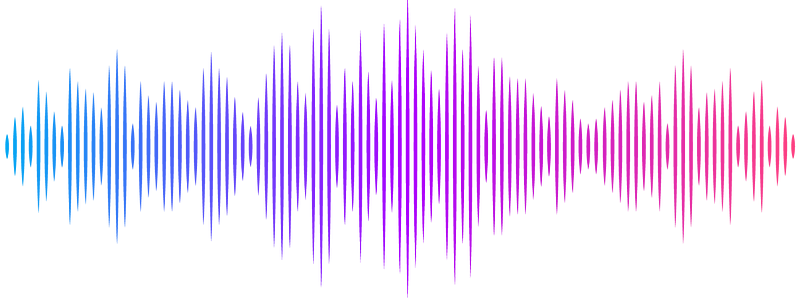New insights on supernova remnants and HII regions in M82

New insights on supernova remnants and HII regions in M82
D. Williams-Baldwin Jodrell Bank Centre for Astrophysics, School of Physics and Astronomy, The University of Manchester, Manchester, UK, G. Lucatelli Jodrell Bank Centre for Astrophysics, School of Physics and Astronomy, The University of Manchester, Manchester, UK, T. W. B. Muxlow Jodrell Bank Centre for Astrophysics, School of Physics and Astronomy, The University of Manchester, Manchester, UK, R. J. Beswick Jodrell Bank Centre for Astrophysics, School of Physics and Astronomy, The University of Manchester, Manchester, UK, S. W. Shungube Department of Physics, University of Pretoria, Pretoria, South Africa, R. Lumpkin-Robbins Jodrell Bank Centre for Astrophysics, School of Physics and Astronomy, The University of Manchester, Manchester, UK, M. K. Argo Jeremiah Horrocks Institute, University of Central Lancashire, Preston, Lancashire, UK, D. M. Fenech SKAO, Jodrell Bank, Lower Withington, Macclesfield, UK, N. Kimani Department of Physics, Kenyatta University, Nairobi, Kenya, J. Radcliffe Department of Physics, University of Pretoria, Pretoria, South Africa Jodrell Bank Centre for Astrophysics, School of Physics and Astronomy, The University of Manchester, Manchester, UK
AbstractThe nearby (d=3.6 Mpc) starburst galaxy M82 has been studied for several decades by very long baseline interferometry (VLBI) networks such as e-MERLIN and the European VLBI Network (EVN). The numerous supernova remnants (SNRs), HII regions and other exotic transients make it a perfect laboratory for studying stellar evolution and the interstellar medium (ISM). Its proximity provides a linear resolution of 17 pc/arcsec, enabling decadal-time-scale variability and morphology studies of the tens of compact radio sources. In this proceedings, we describe new techniques developed in the last ten years that provide deeper, more robust imaging, enable in-band spectral index mapping, and allow wider fields of view to be imaged to find new radio sources.